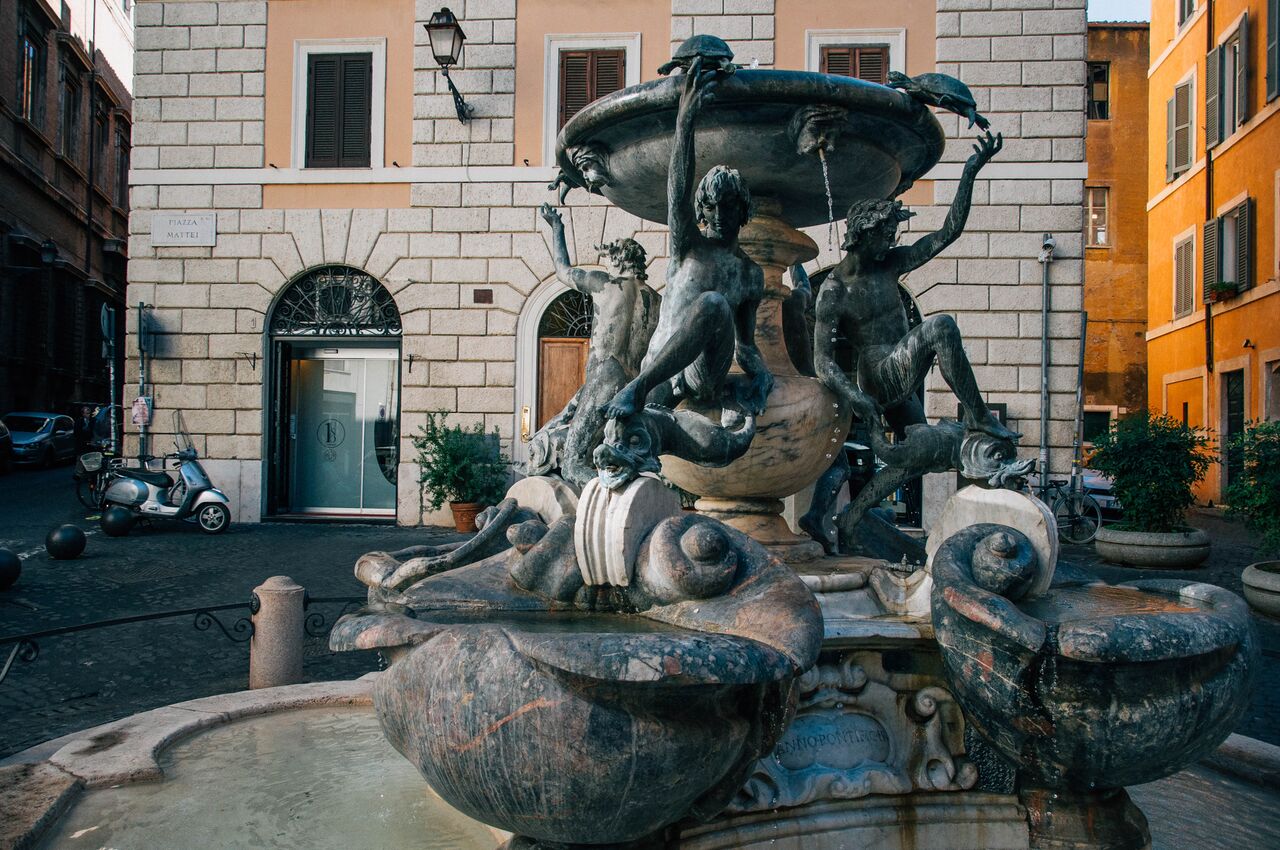

Any John Cabot student could tell you endless stories of Rome's history and beauty. It's no secret that the city is full of world-famous treasures, hidden gems, and unique neighborhoods. Among these interesting neighborhoods is the Jewish Ghetto. Although it is just a stone's throw from Trastevere, it is often overlooked on the way to bigger sights such as Piazza Venezia or Campo de' Fiori. If you feel like you have explored everything beyond Trastevere but haven't been to the Jewish Ghetto - think again, and take a stroll across the river. Not only is it full of history, but it also acts as the center of Rome's Jewish community today, giving it a distinct culture of its own.

Rome's Jewish Ghetto is one of the oldest ghettos in the world. Today, the beautiful cobbled streets and delicious bakeries may seem charming, but the neighborhood has undergone centuries of poverty, poor conditions, and discrimination. It was walled off in 1550 by the pope, with the gates locked at night. The area - which suffered frequent flooding from the Tiber river - had already been home to much of Rome's Jewish community, but the pope required all Jews living in other parts of the city to move to the ghetto as well.
Rome's Jewish citizens were faced with a series of prohibitions and obligations. They were not allowed to own any real estate, they could only work at unskilled jobs, they were required to wear clothing signifying that they belonged to the Jewish community, and they were obligated to listen to Christian sermons on Saturdays. In the late 1800s, the walls were finally torn down, and Jews were no longer required to live in the Ghetto.
The area remained a Jewish center, though, and in 1943, during the Nazi occupation of Europe, the neighborhood was surrounded and sealed off. Over 1,000 Jewish residents were captured and sent to Auschwitz. Tragically, only 16 survived.
Today, the Jewish Ghetto is a beautiful, sought-after neighborhood, its property being among the most expensive in the city. This area with a dark history is now quaint, unique, full of life - and right in the heart of Rome. It is located along the Tiber, just south of Campo de' Fiori, and a short stroll away from the JCU campus. Take a walk within this ancient neighborhood and you will surely be entranced by its fascinating history.
Start your tour by visiting the Great Synagogue, a beautiful two-story house of worship that is not only a place of prayer, but also a vital cultural reference point for the entire Jewish community. As you continue through the neighborhood, make sure to stop at any of the kosher bakeries, and enjoy a delicious meal at one of the Jewish-Roman trattorias. A few not-to-miss sights in the Ghetto are Teatro Marcello, Bernini's Turtle Fountain, and the Portico d'Ottavia.
When I was attending JCU, it was thanks to Professor Clough-Marinaro that I had the opportunity to learn about the Jewish Ghetto. I had heard of it, but had not taken the time to learn about it or tour its fascinating streets until I took her class SOSC/IT 380: Researching Rome. During the course we carried out our own independent fieldwork projects, learning more about contemporary Rome. It was one of the most interesting courses I took while studying at John Cabot University, and it pushed me to explore wonderful and fascinating neighborhoods such as the Jewish Ghetto.

Alexa Vujaklija (Shearer)
Class of 2015
Communications major
Grew up in the United States, Germany, the Republic of Georgia, Russia, and Bulgaria




